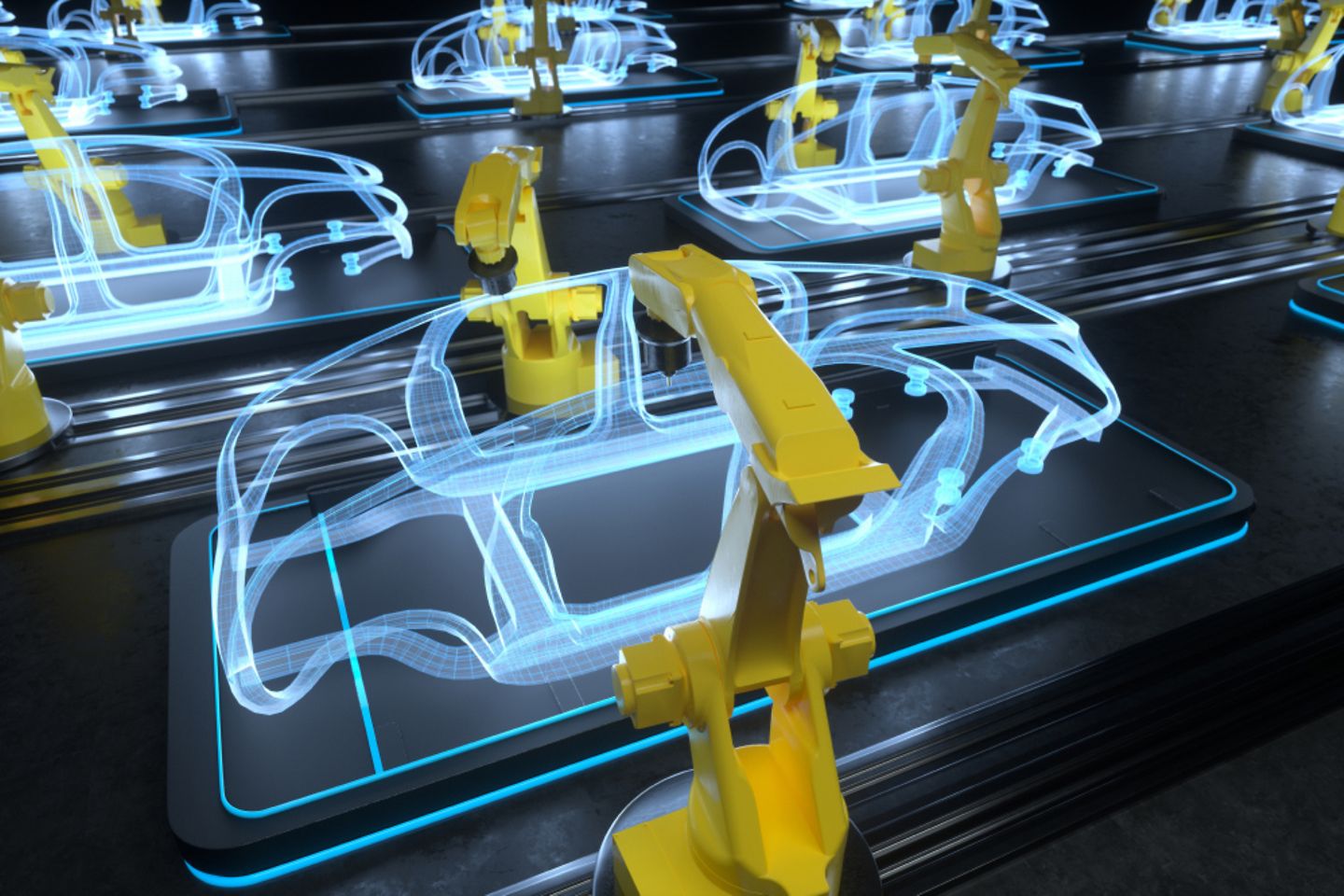
Whether switching to new drive technologies because of impending CO2 penalties, the imminent market maturity of self-driving cars, increasingly individual customer wishes or shorter time-to-market margins: the automotive industry is facing major challenges. Manufacturers who do not want to be overtaken by the competition must start by optimizing processes as early as the product development stage. How efficient future engineering succeeds.

The days of purchasing a car for life, and above all as a means of transport, are numbered. There are many reasons for this: young people in particular are increasingly making a conscious decision not to own a vehicle. Instead, they opt to use car-sharing services when public transportation is not an option. In doing so, they not only want to save costs, but also protect the environment. The focus on sustainability in cars is increasing all the time: The EU has tightened the limits for vehicle CO2 emissions for 2021 and is threatening to impose fines, and at the latest the next EURO 7 emissions standard could mean the end of the internal combustion engine and force the switch to electromobility.
Last but not least, the digital transformation is making its way into the automotive industry. Smart assistance systems such as parking aids are already supporting drivers today. Connected cars that share information with the infrastructure and other road users via Car2X communication are already a reality, as is semi-autonomous driving. Fully autonomous vehicles are also already being tested, especially for special tasks and high traffic areas. In short, cars are increasingly becoming digital control centers, and artificial intelligence (AI) is increasingly determining everyday traffic in the world.
As a result of all these developments and trends, vehicles are becoming highly complex, dynamic systems with highly integrated software and electronic functions. "In the future," Claus Gruber of consultancy Strategy& tells Deutsche Welle, "cars will change every three months." Much like computers, vehicles will receive regular software updates that introduce new features or improve safety. The ability to carry out updates of this kind must already be embedded in the architecture of the vehicles and the infrastructure surrounding them, for example in back-end systems.
Furthermore, collaboration models are also changing: While in the past, system components were primarily specified by the OEM and produced by suppliers, collaborative, partnership-based forms of cooperation between OEMs and suppliers – or even between OEMs competing in the market – are now becoming established due to the need for highly integrated systems as well as the significant investments required in new technologies.
This all means that development processes and organizations, as well as the way in which data created in development is handled, are also changing drastically. Organizational silos are being dissolved and new development methods such as model-based development are increasingly becoming the standard. Merging data to form "digital twins" is on the rise.
The systems engineering method, the basic principles of which are described in ISO standard 15288, is a promising approach for developing highly complex systems that is now being increasingly used. This approach, when combined with digital methods such as model-based system engineering (MBSE) or simulation techniques, provides a much better way to manage the complexity of automotive systems and to achieve function and safety with less use of physical prototypes and the associated costs. If in future these techniques are used not only in the area of software or electronics development, but throughout the entire vehicle development process, the entire development operation will also turn out to become more agile, and improved responsiveness to technological advances will be possible.
When it comes to data management in development, there is a need to move away from classic IT structures which use silo-oriented tools such as PDM or ALM systems. If you wish to ensure end-to-end traceability and protection of results in the development process, monitor project progress and product maturity at all times, or efficiently comply with official verification requirements, there is no way around mapping all development data across disciplines in what is known as a digital twin.
This is where concepts like the semantic web can help: an information network that compiles all development data and findings and makes them available to all those involved. The digital twin concept can thus also be used in the other phases of the automotive lifecycle: the data forms the foundation for virtual product development, for instance, where software updates can be flexibly tested and optimized on digital models, as well as for the ongoing mapping of the actual build status of any vehicle at any time in order to manage the provisioning of the correct software versions later in operation.

Working alongside the MBSE or systems engineering methodology, the digital twin not only provides the basis for collaboration between the various disciplines within a company, but also for collaboration with suppliers and partners. To enable this, the digital twin must be open to the outside: The exchange of system models and other product data must be managed as seamlessly as possible, and direct collaboration on individual aspects of the vehicle system taken in the context of the overall vehicle must be enabled across company boundaries.
This is typically done by exchanging data asynchronously back and forth between collaborating companies. These kinds of processes are becoming less and less suitable for dealing with the complexity and agility of today's vehicle development projects.
What is increasingly emerging in its place is the idea of synchronous data integration and reconciliation processes based on digital twins, or even interactive, shareable collaboration platforms in the cloud. The CATENA-X automotive network, which T-Systems is involved in creating, is an initiative of the automotive industry and its equipment suppliers that lays the foundations for this type of collaboration platform for establishing highly integrated supply chains, alongside many other aspects. This is based on the idea of sovereign and federated cloud ecosystems, as driven by the European GAIA-X initiative. CATENA-X therefore forms the foundation for a digital twin – not only of vehicles, but also of their entire industrial ecosystem – in the cloud.
Producing a fast car with the appealing design of a powerful brand has ensured the success of many manufacturers for decades. But in the digitalized, sustainable, and individualized mobility of tomorrow, traditions and horsepower will no longer suffice. The industry needs to rethink its approach. The tools to do so are already available. Now it is a matter of using them in a timely and effective manner.